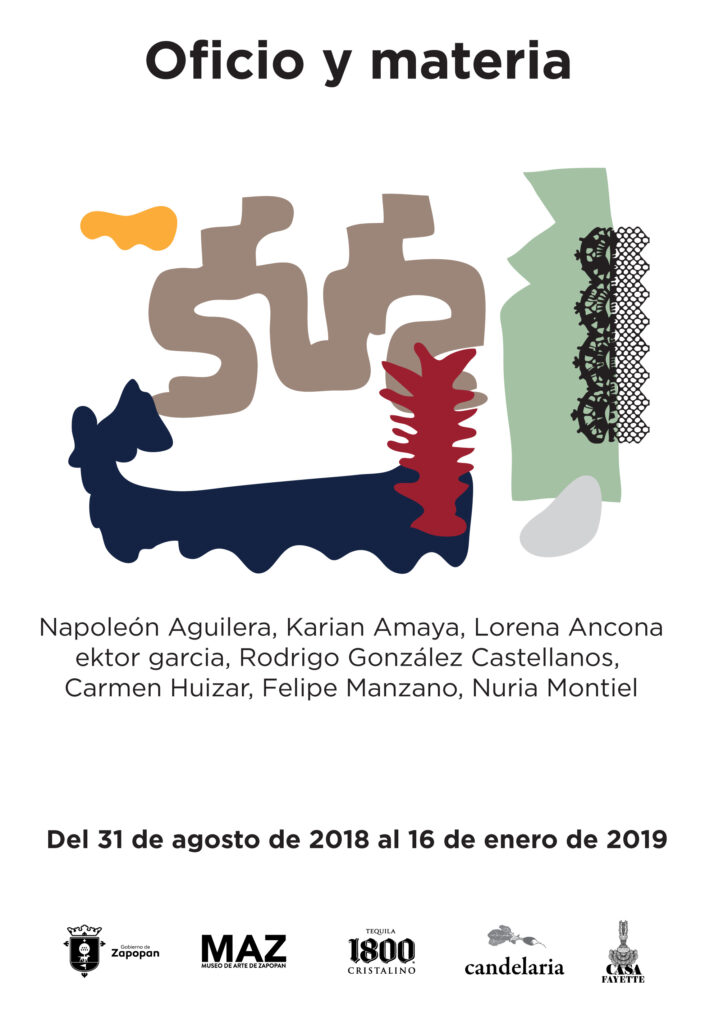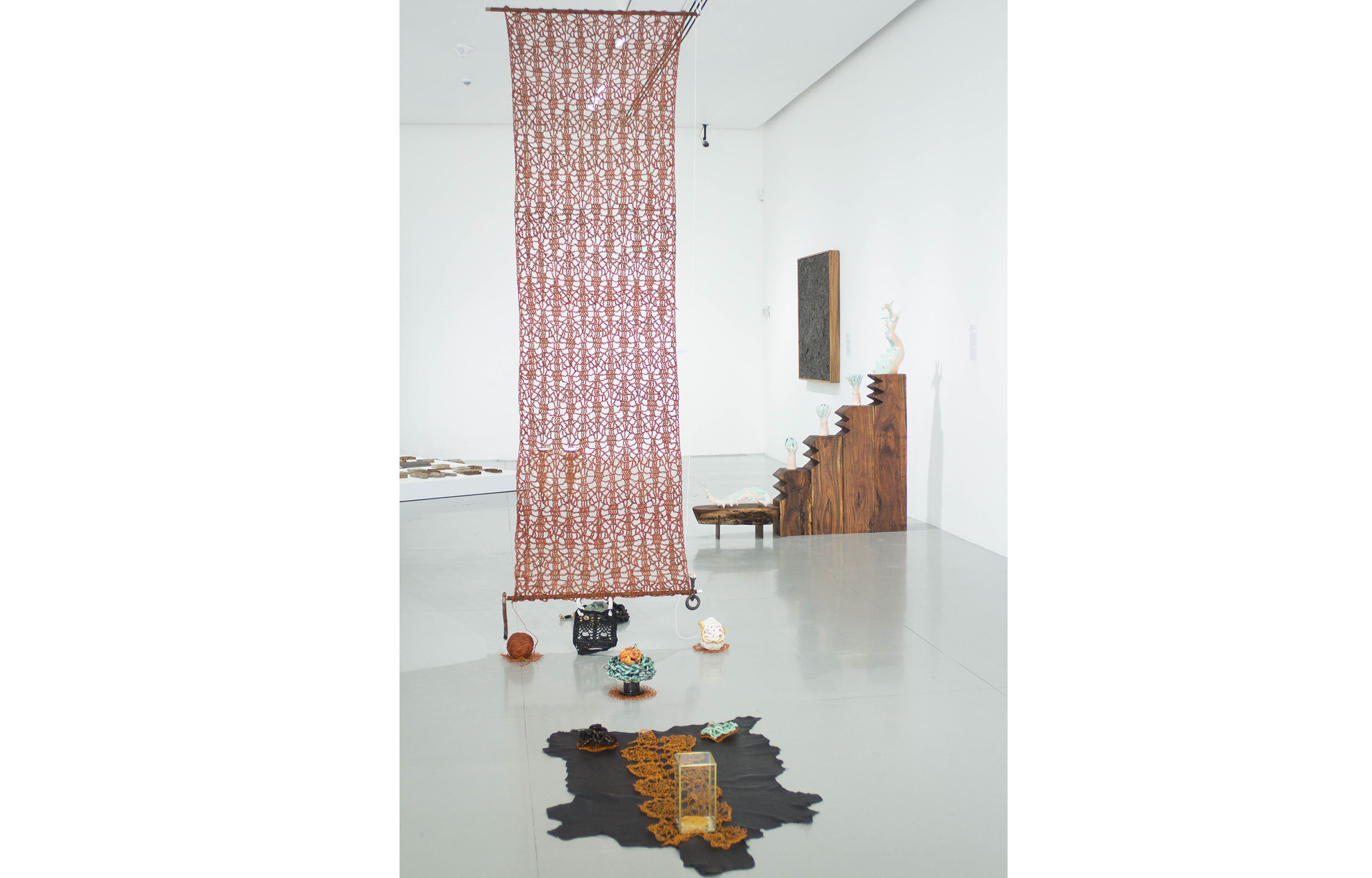
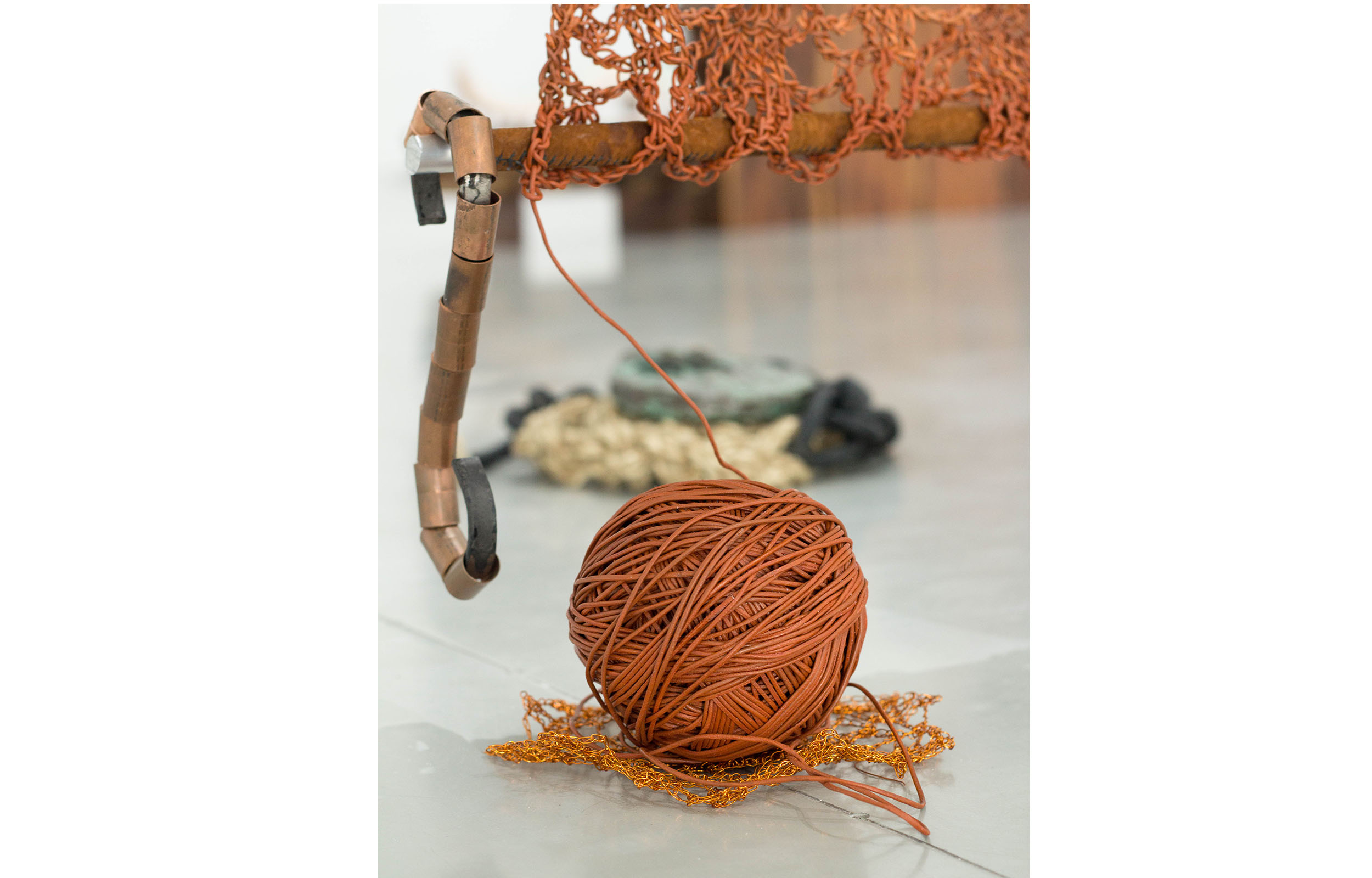
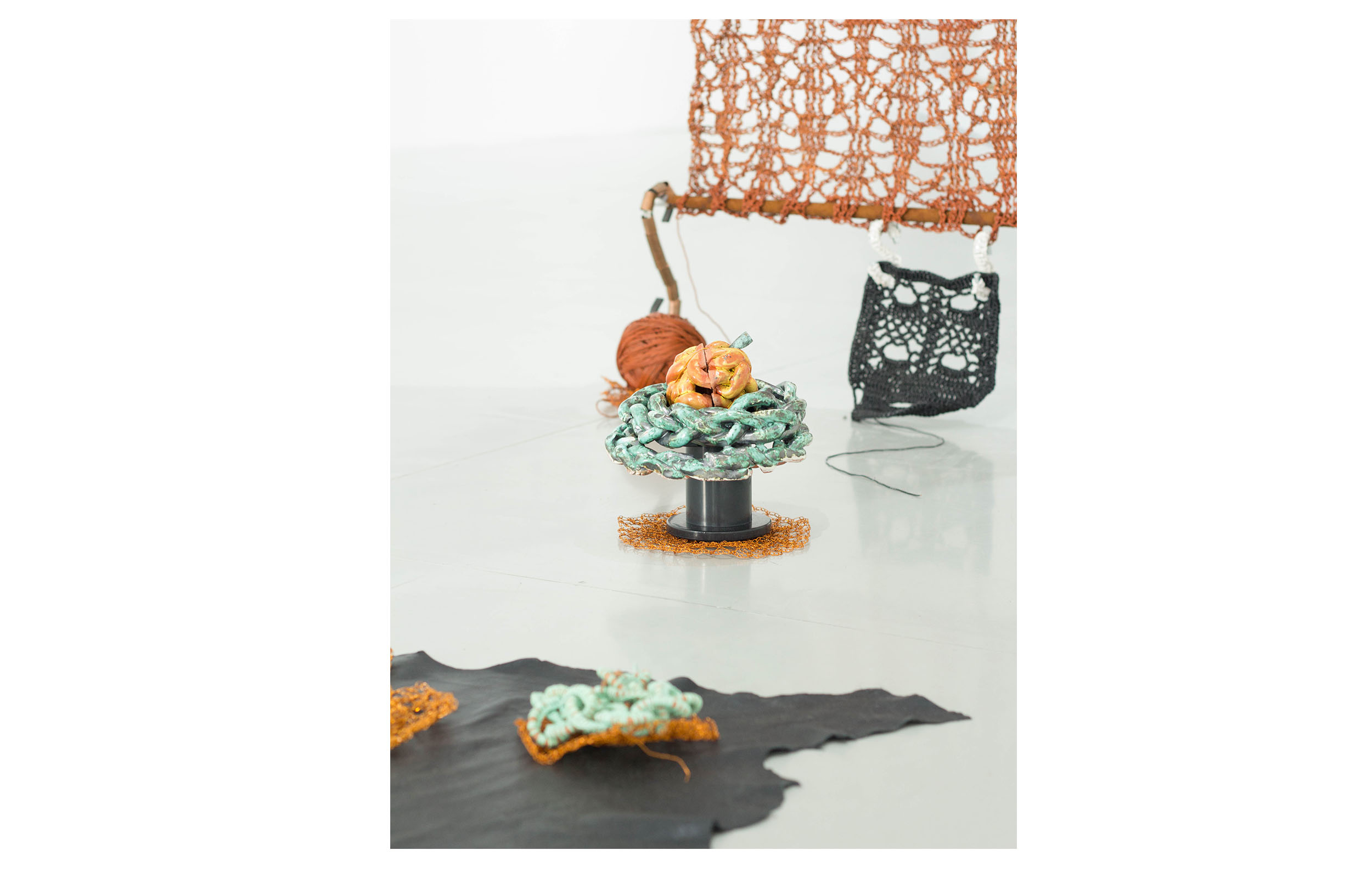
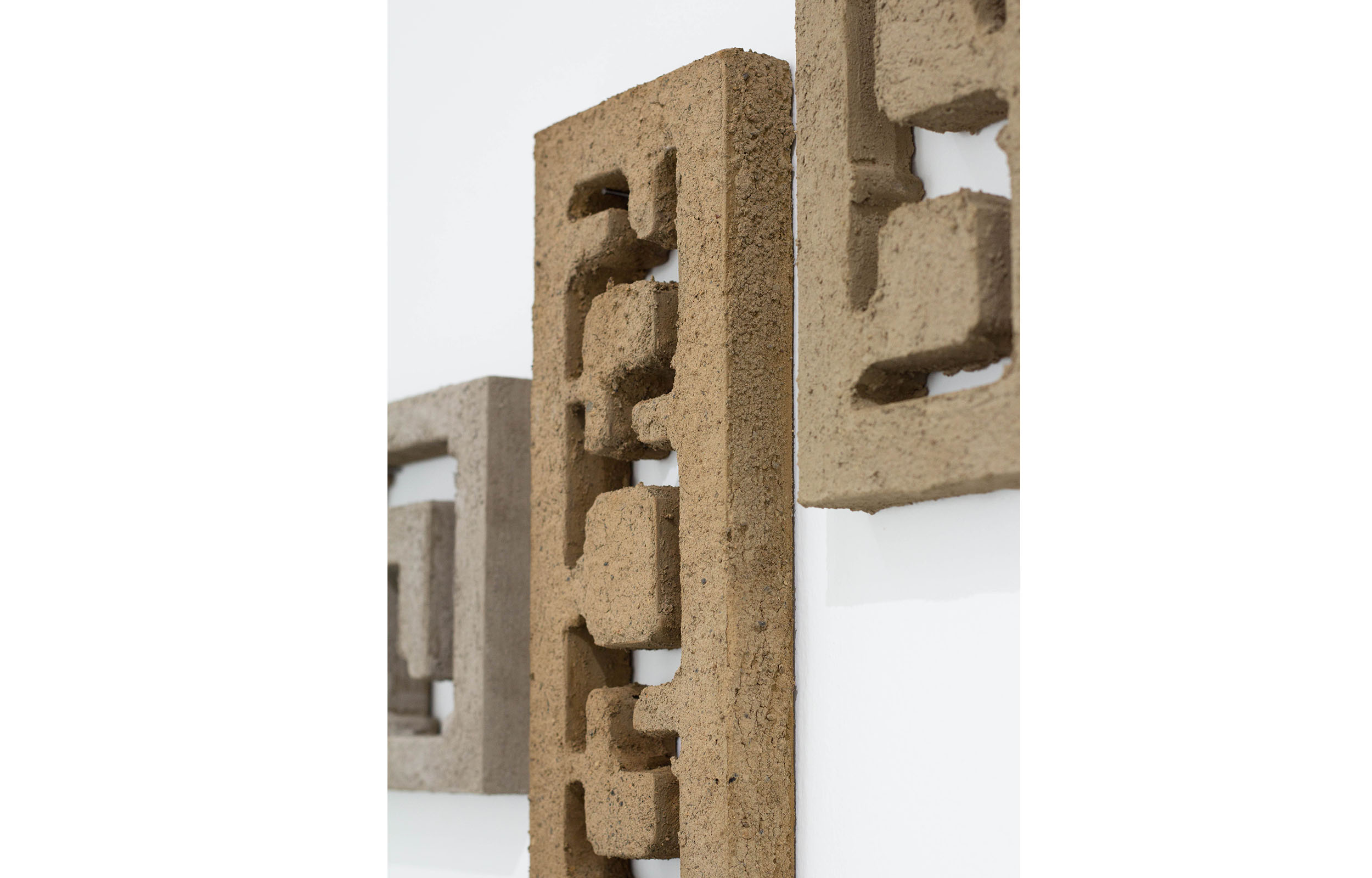
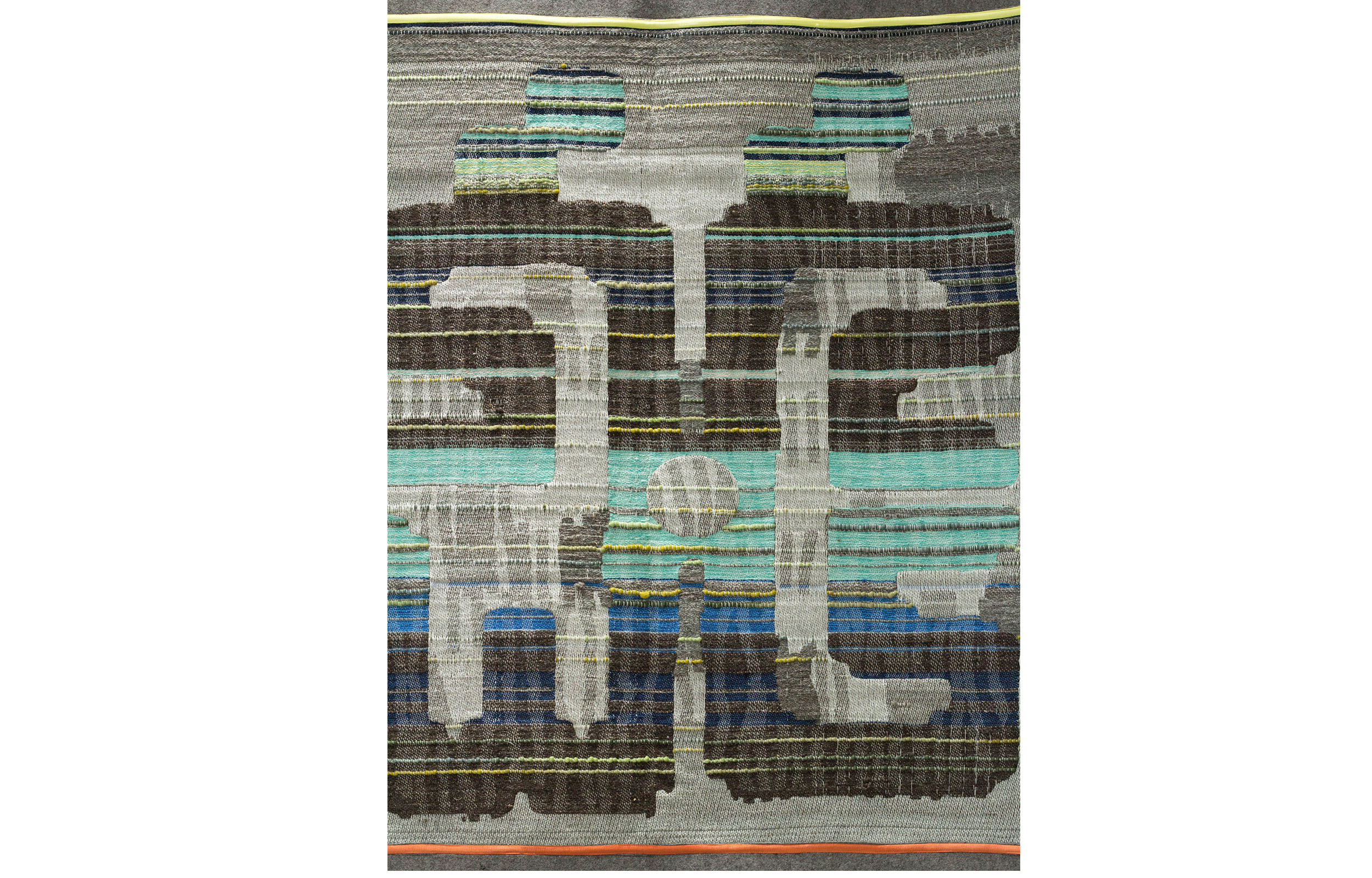

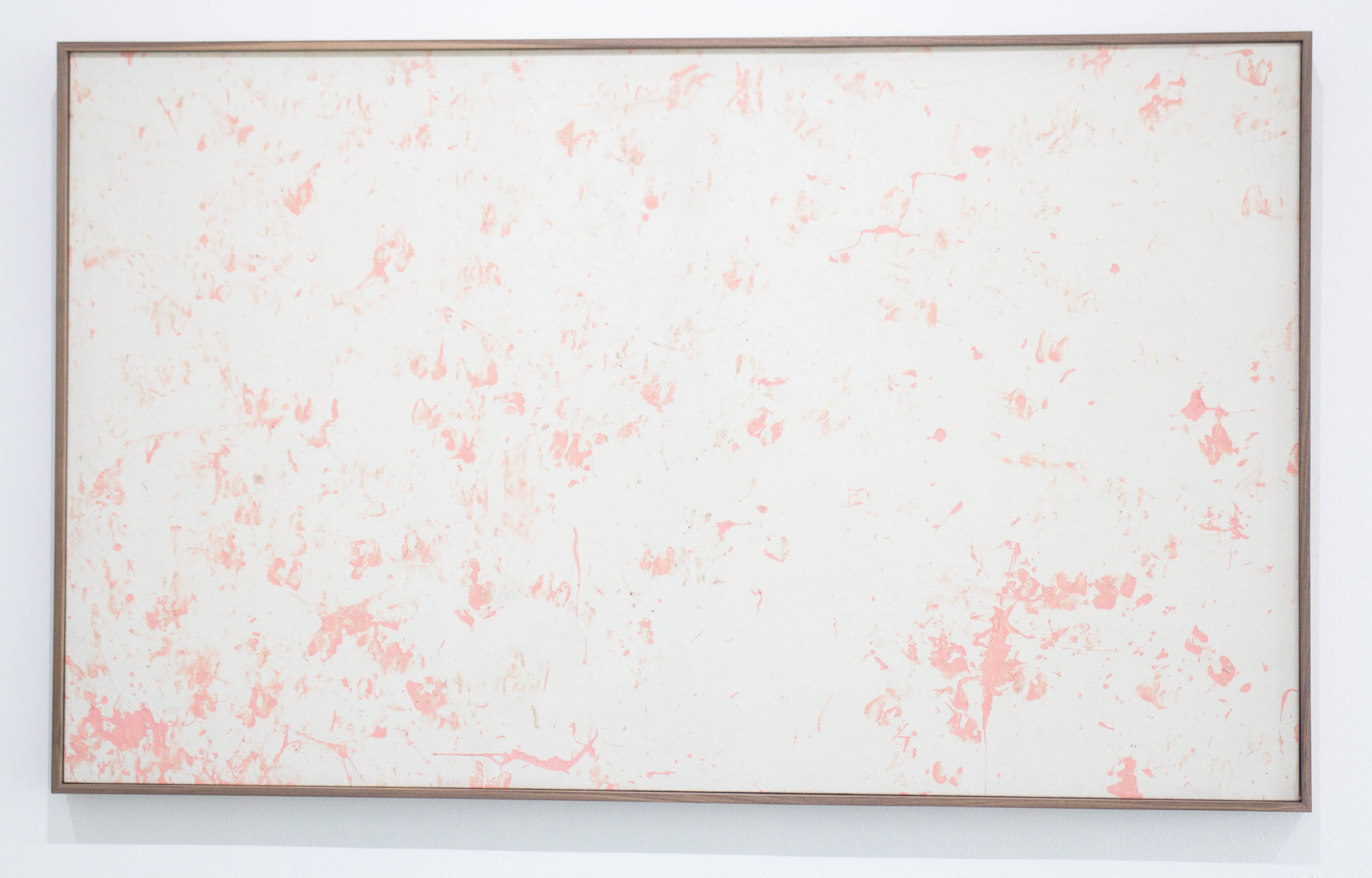
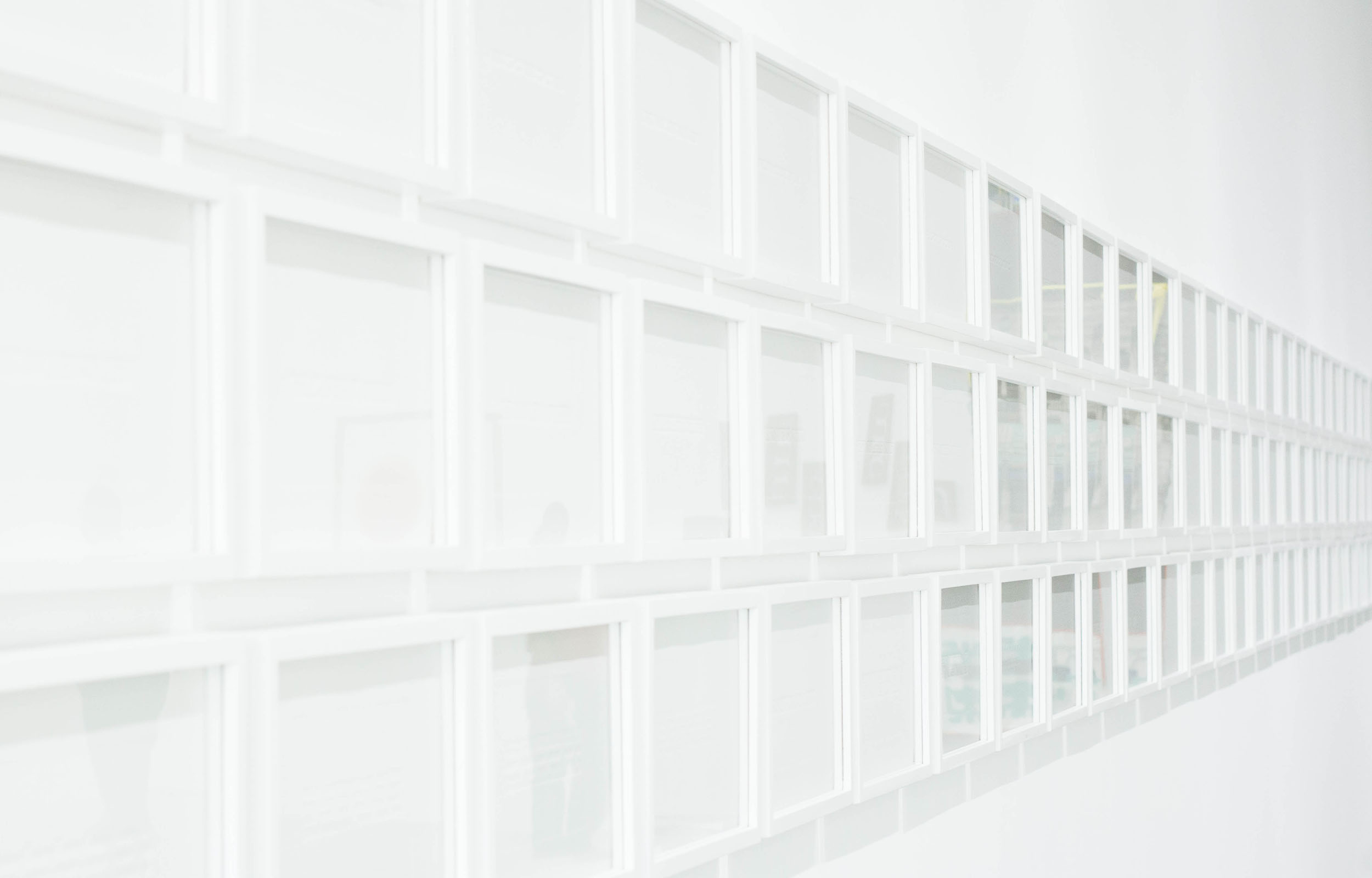
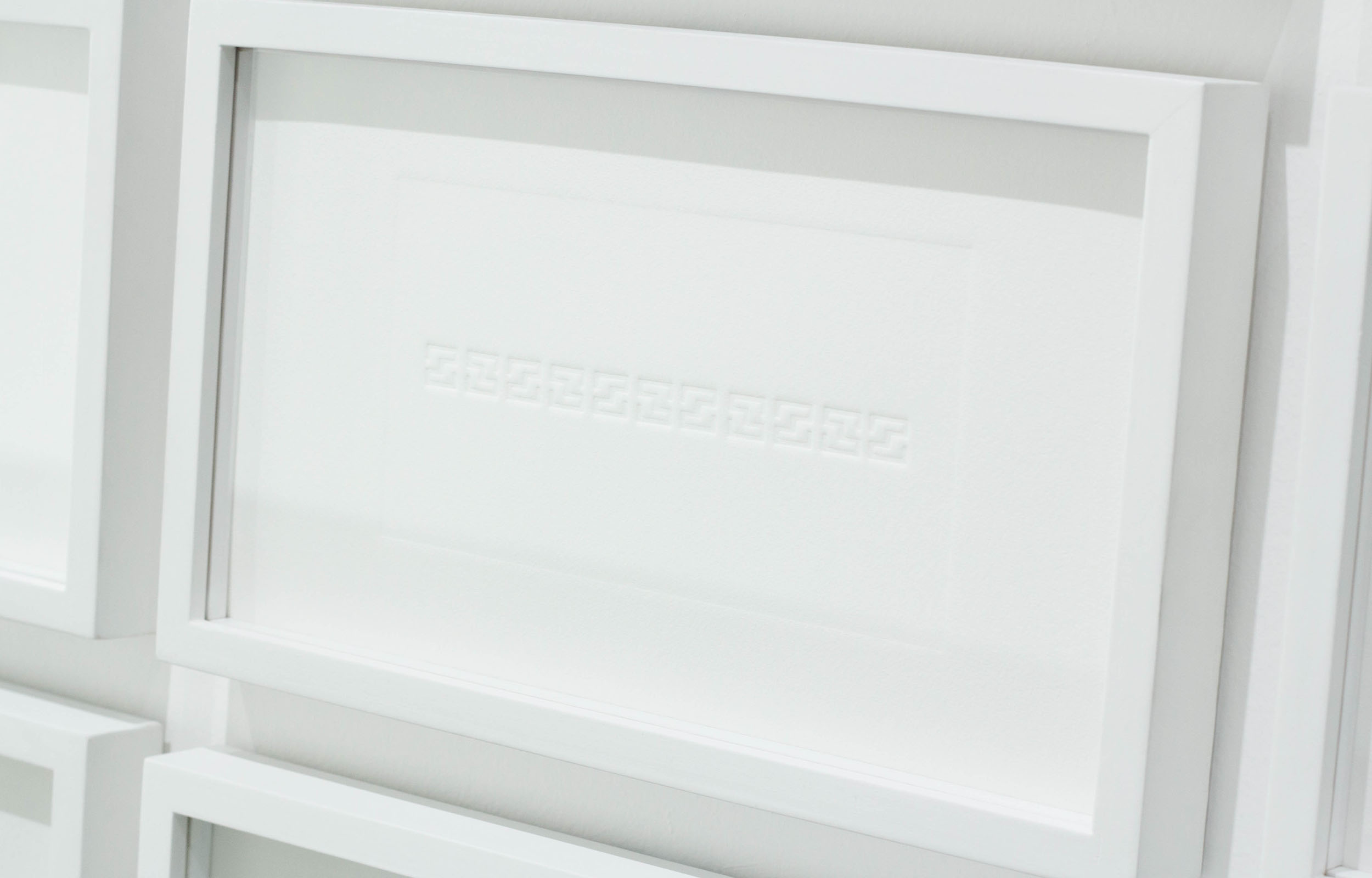
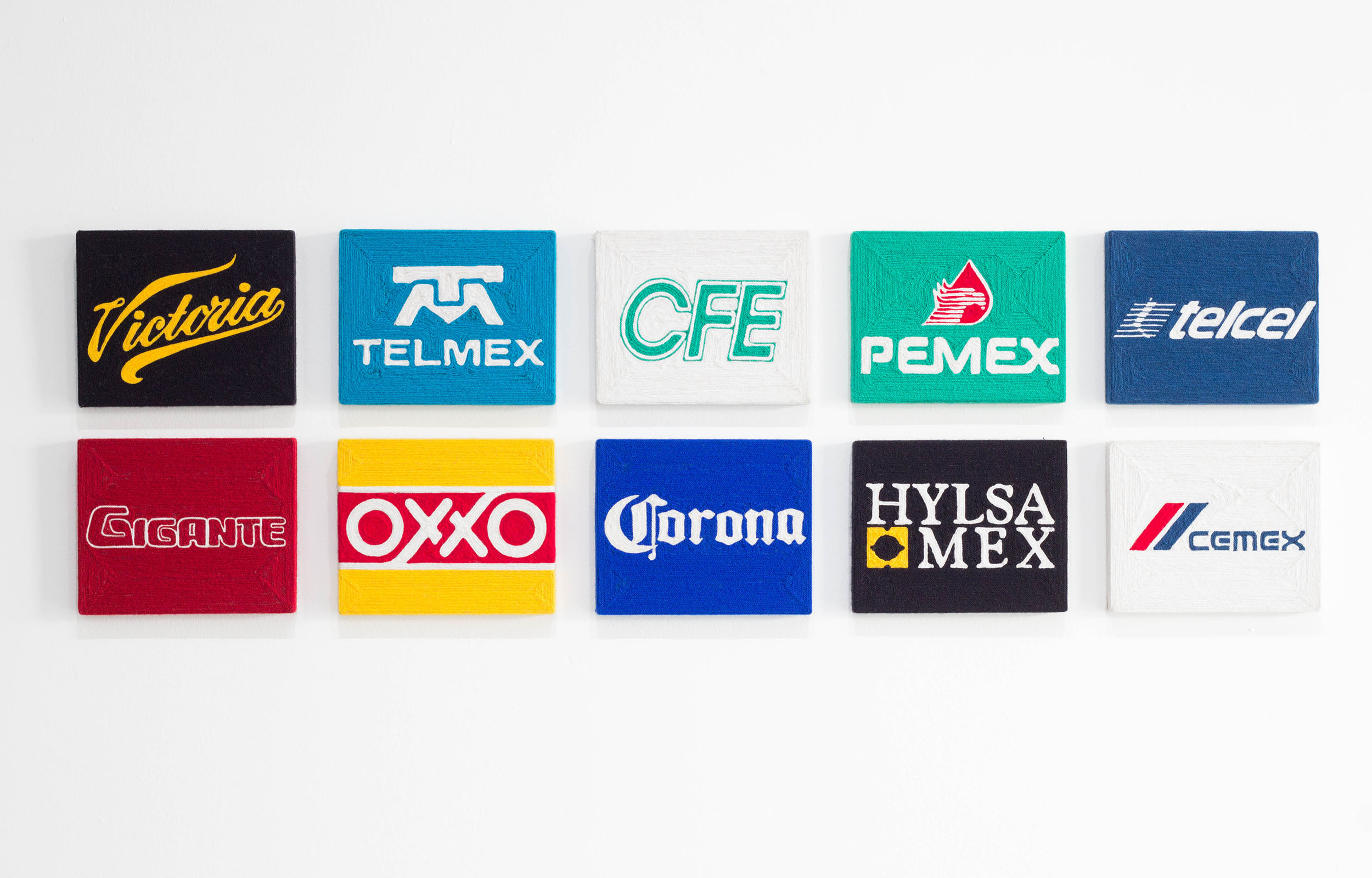
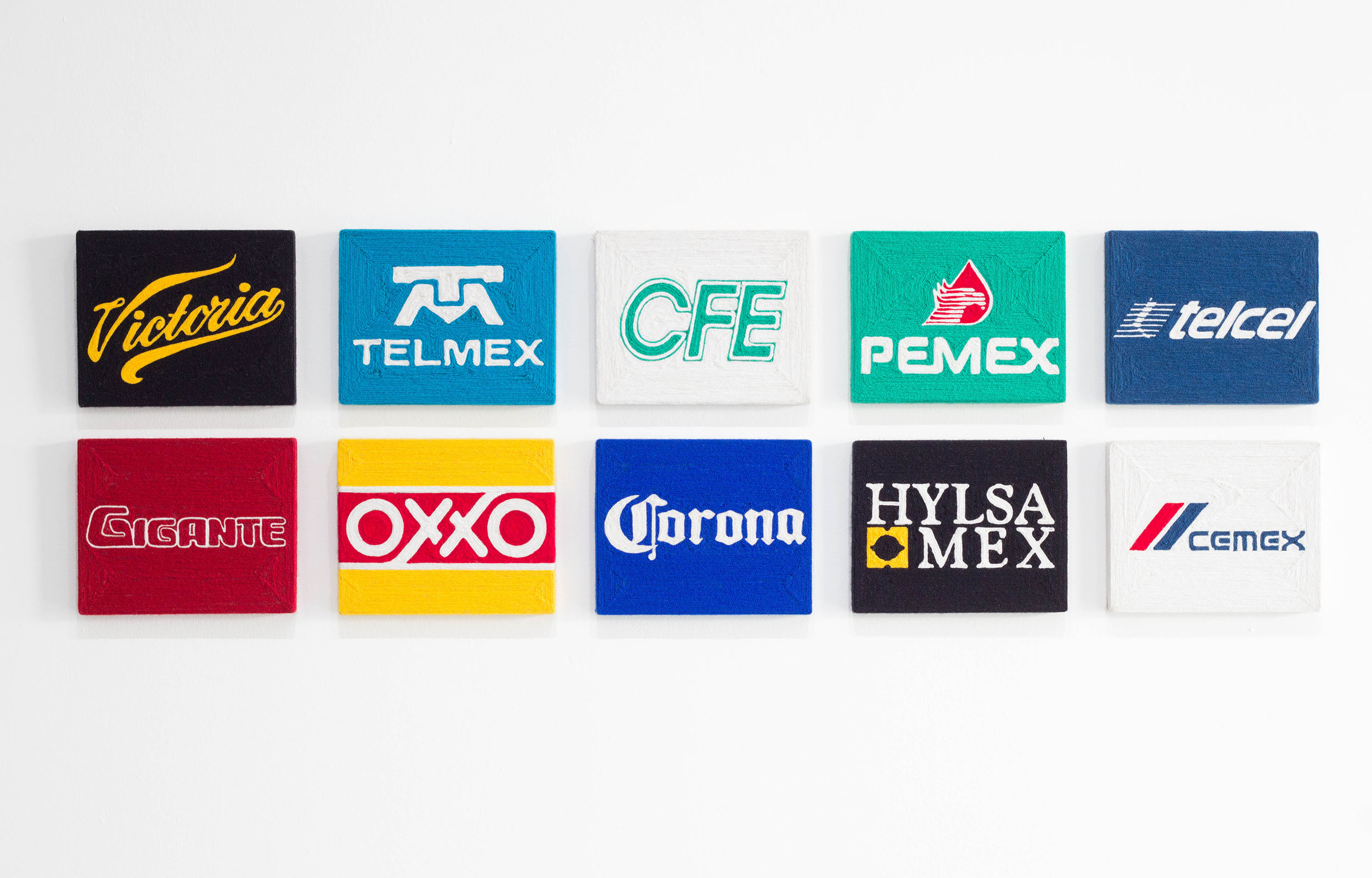

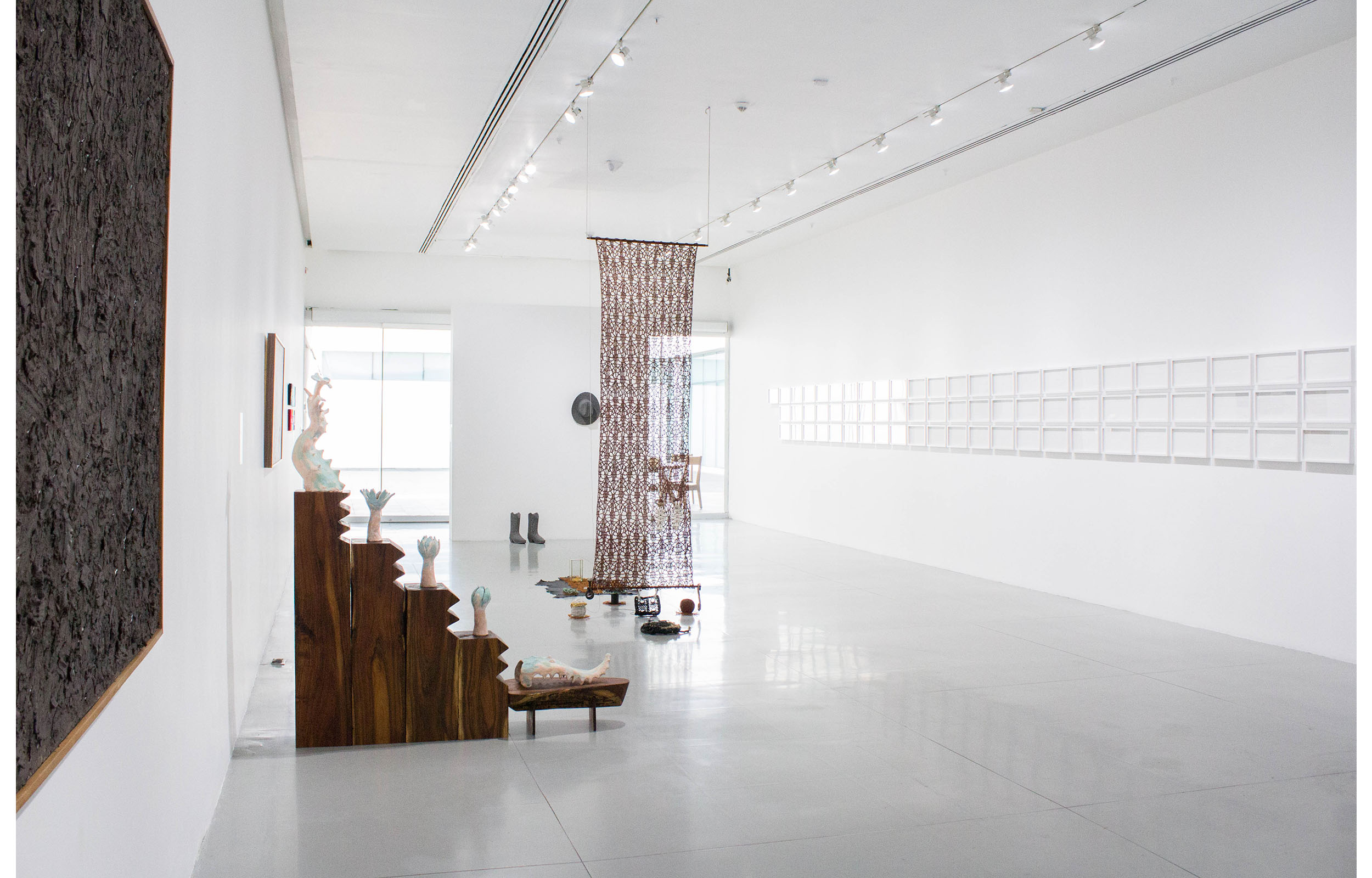
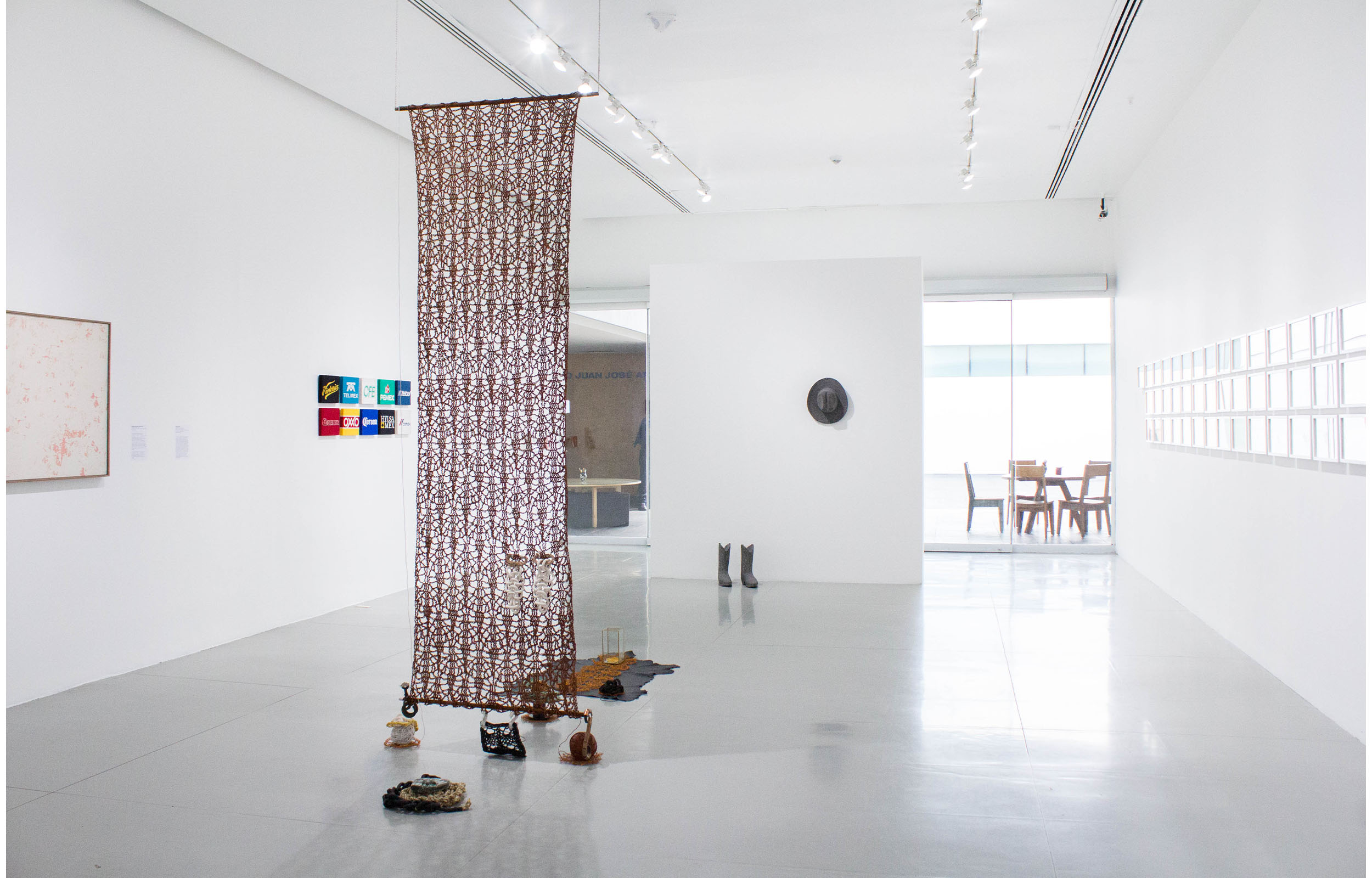
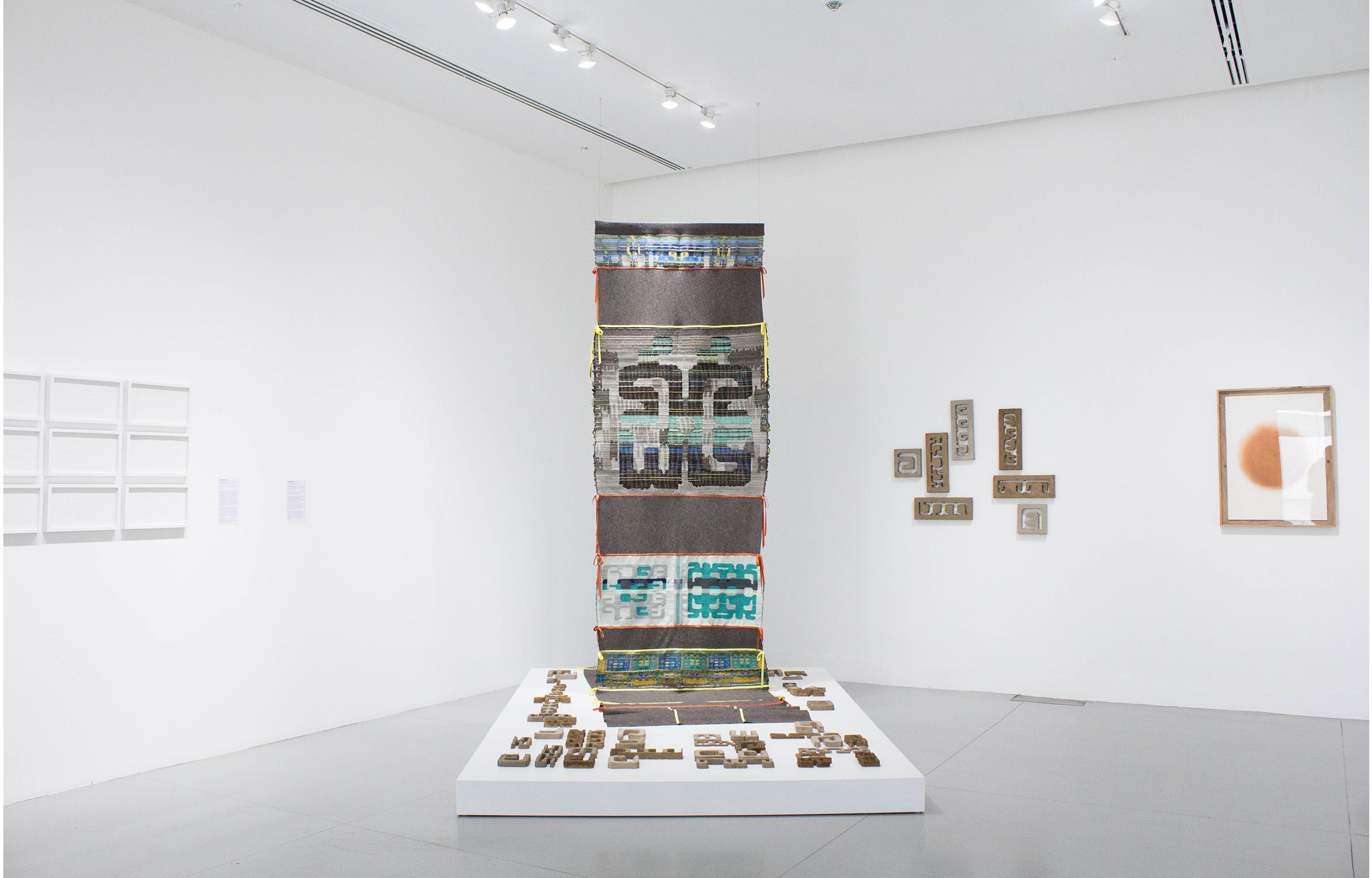
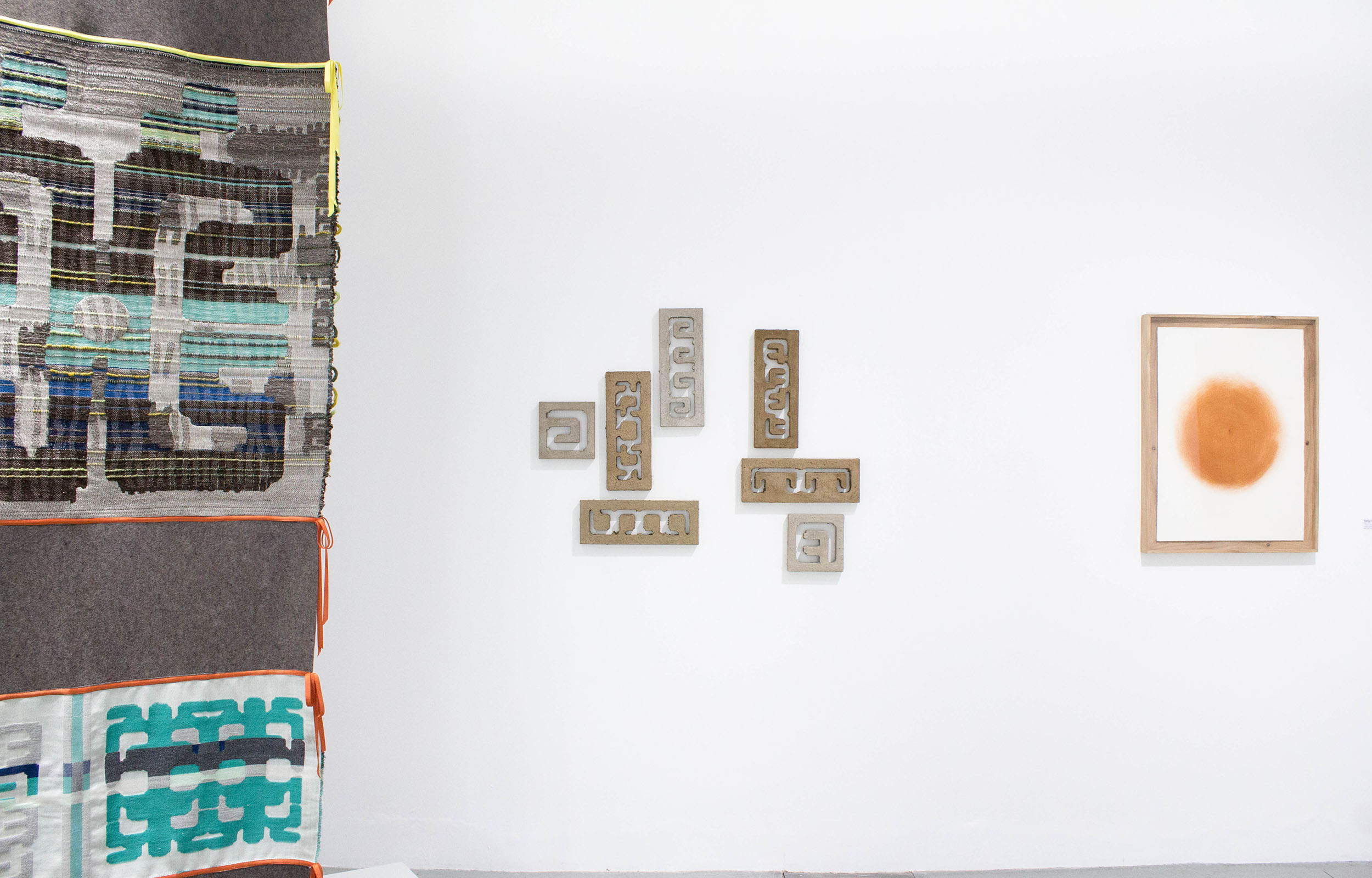
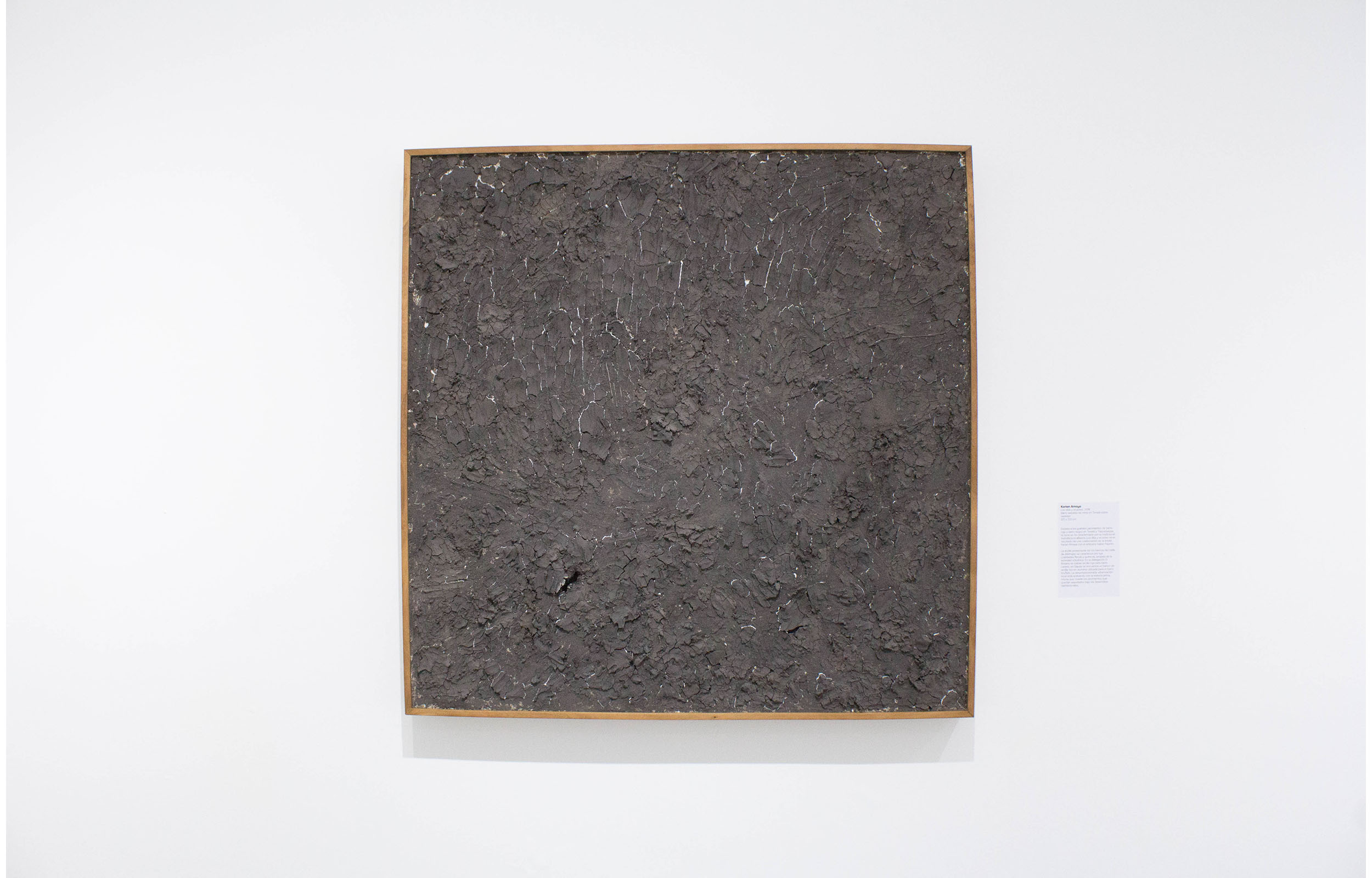
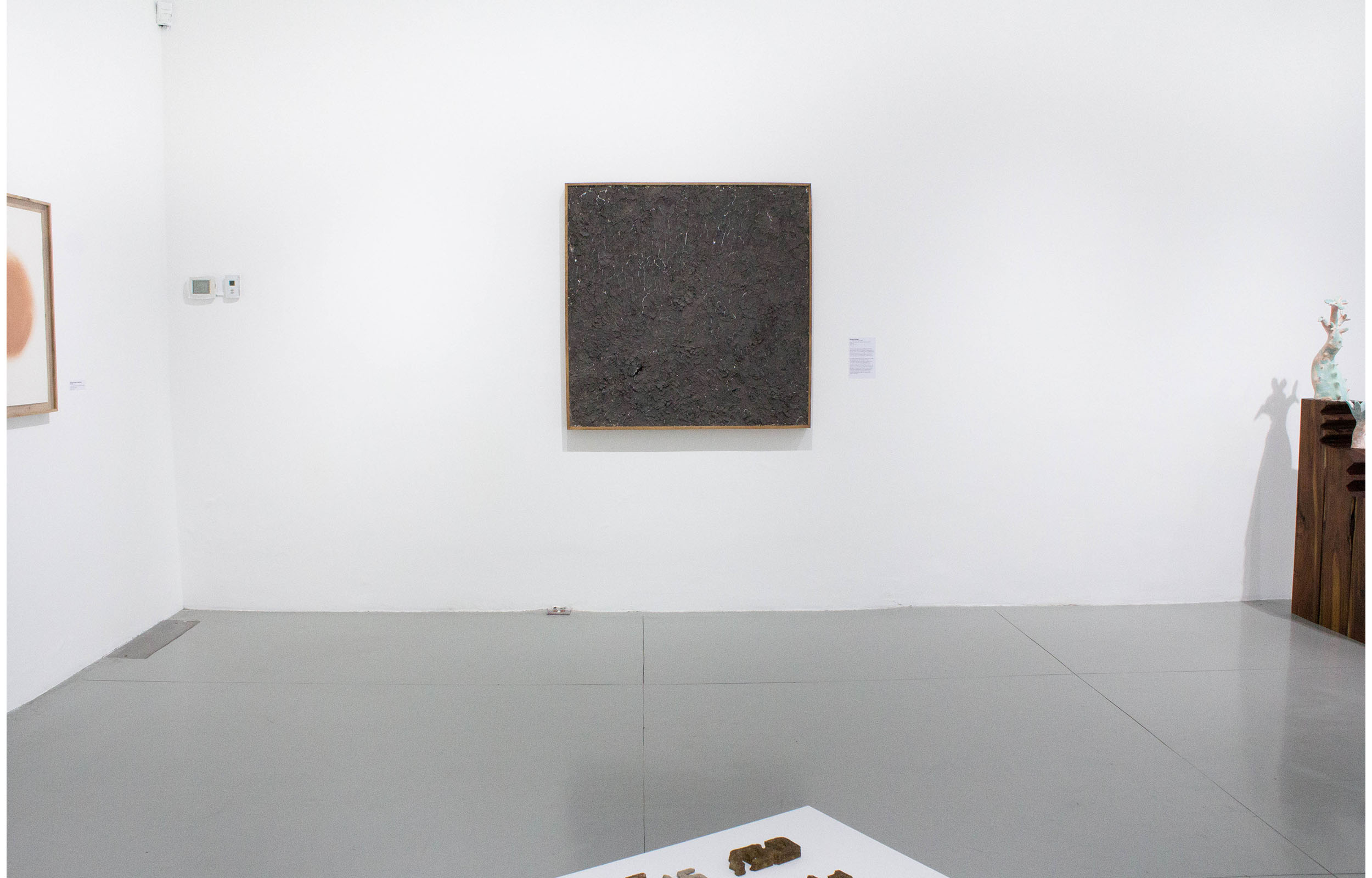
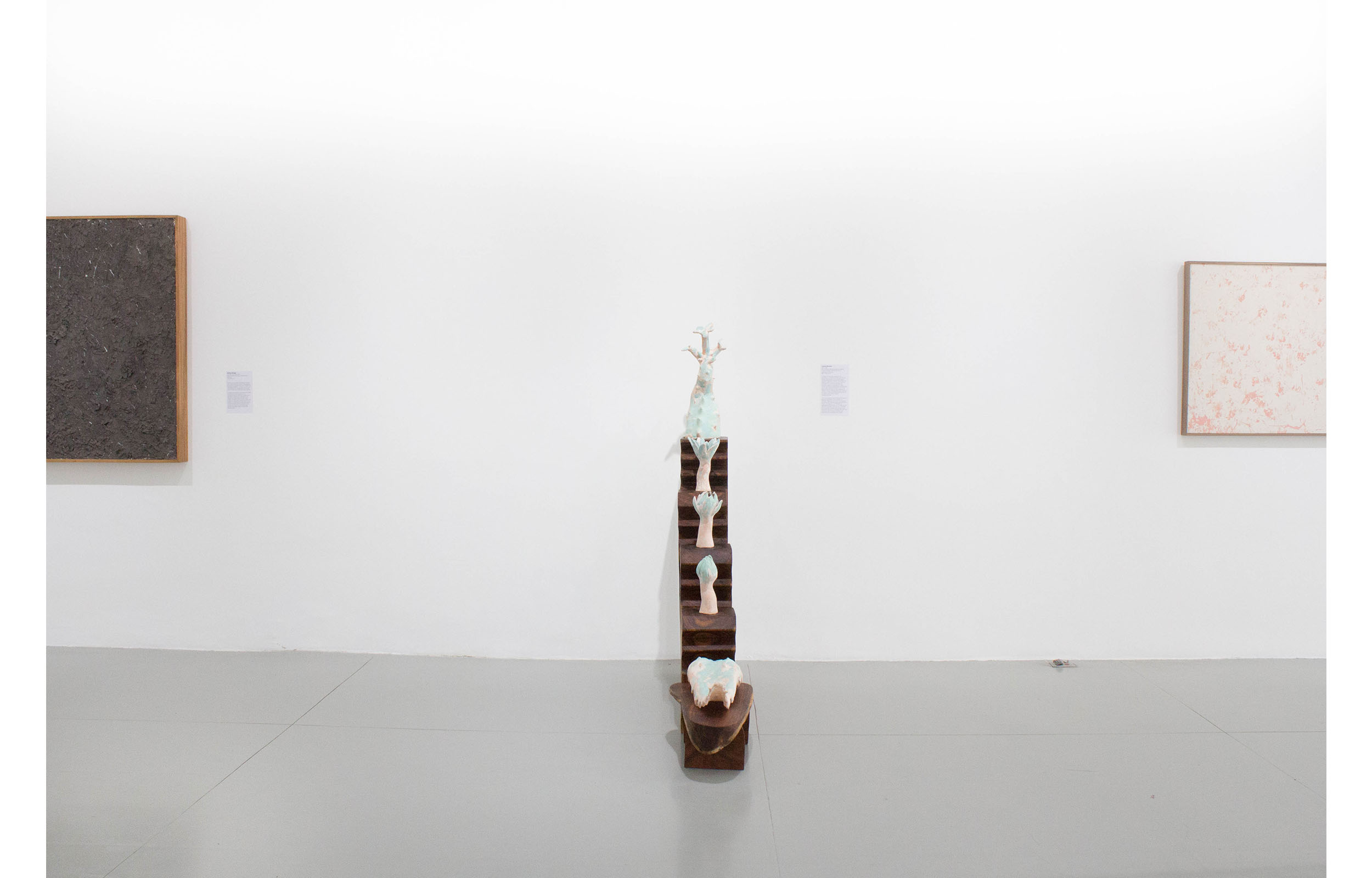
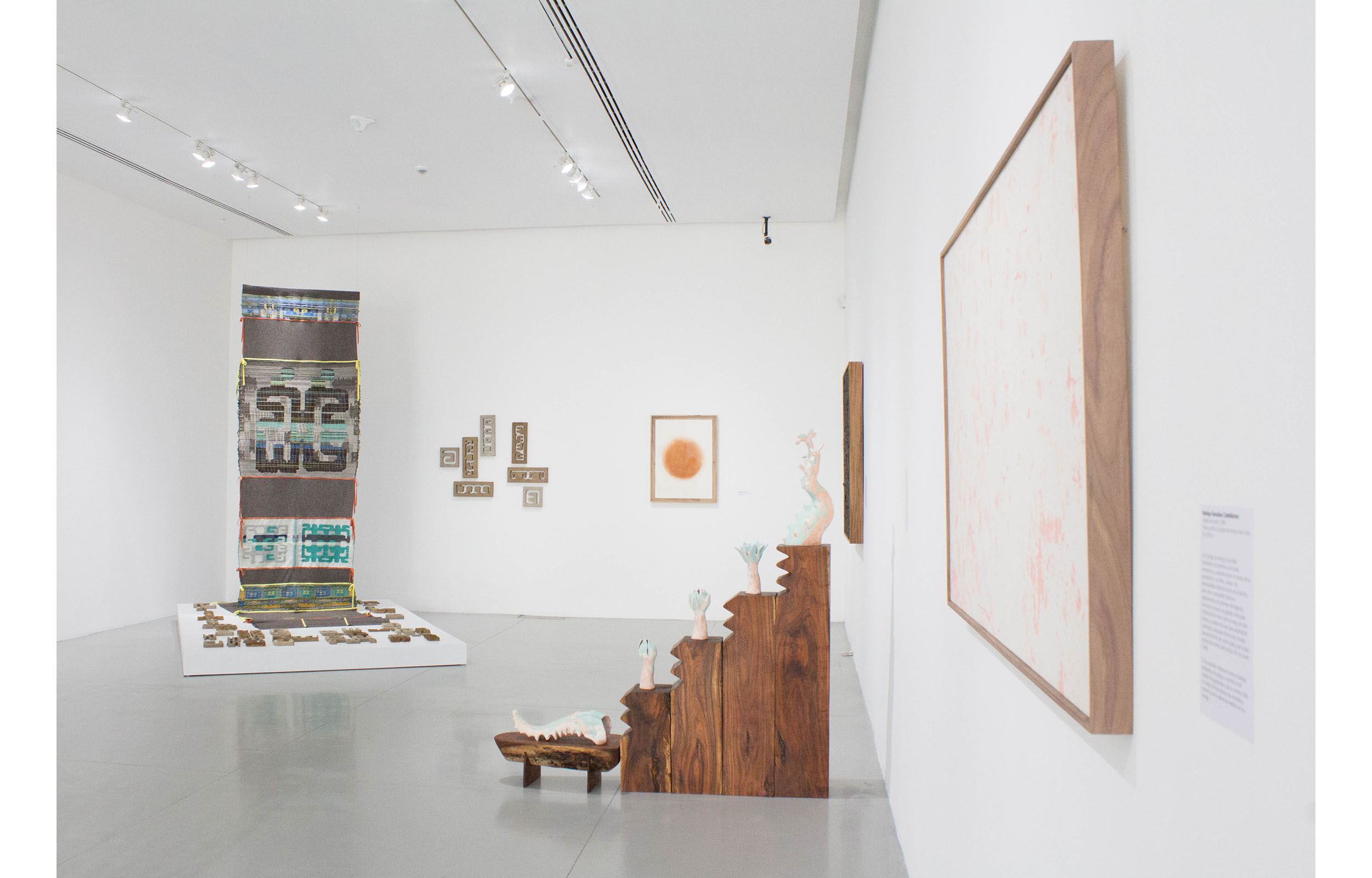
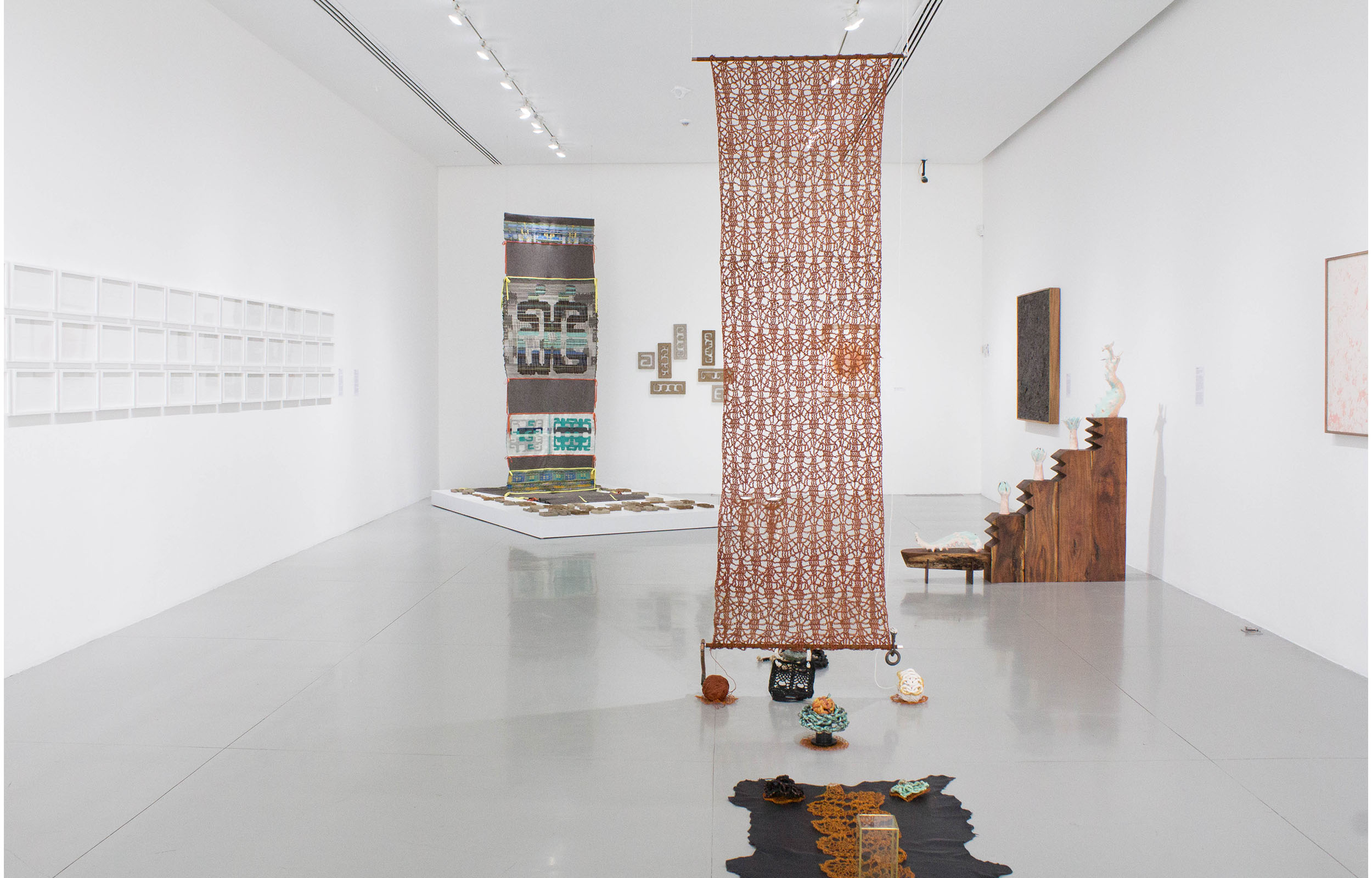
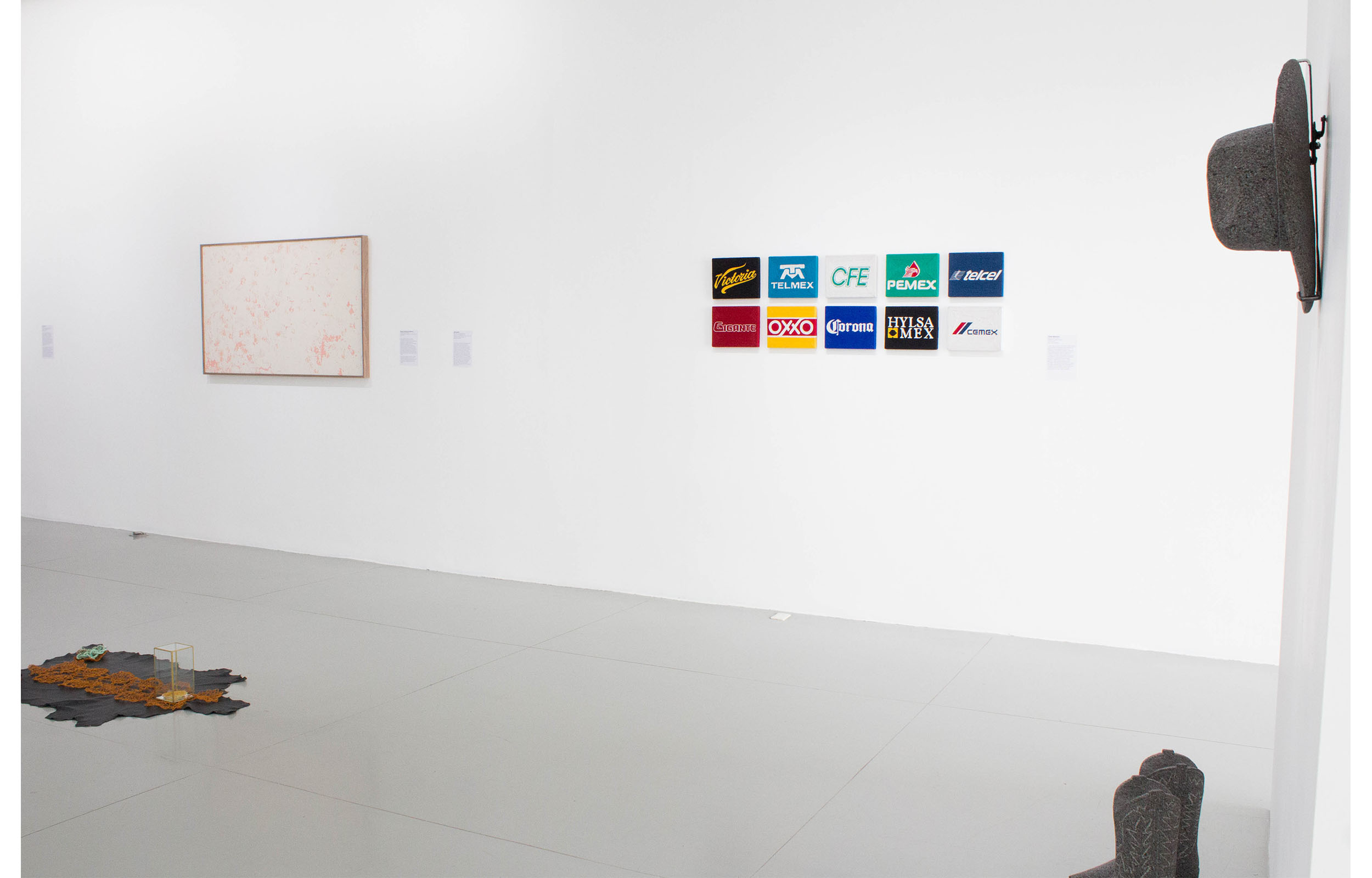
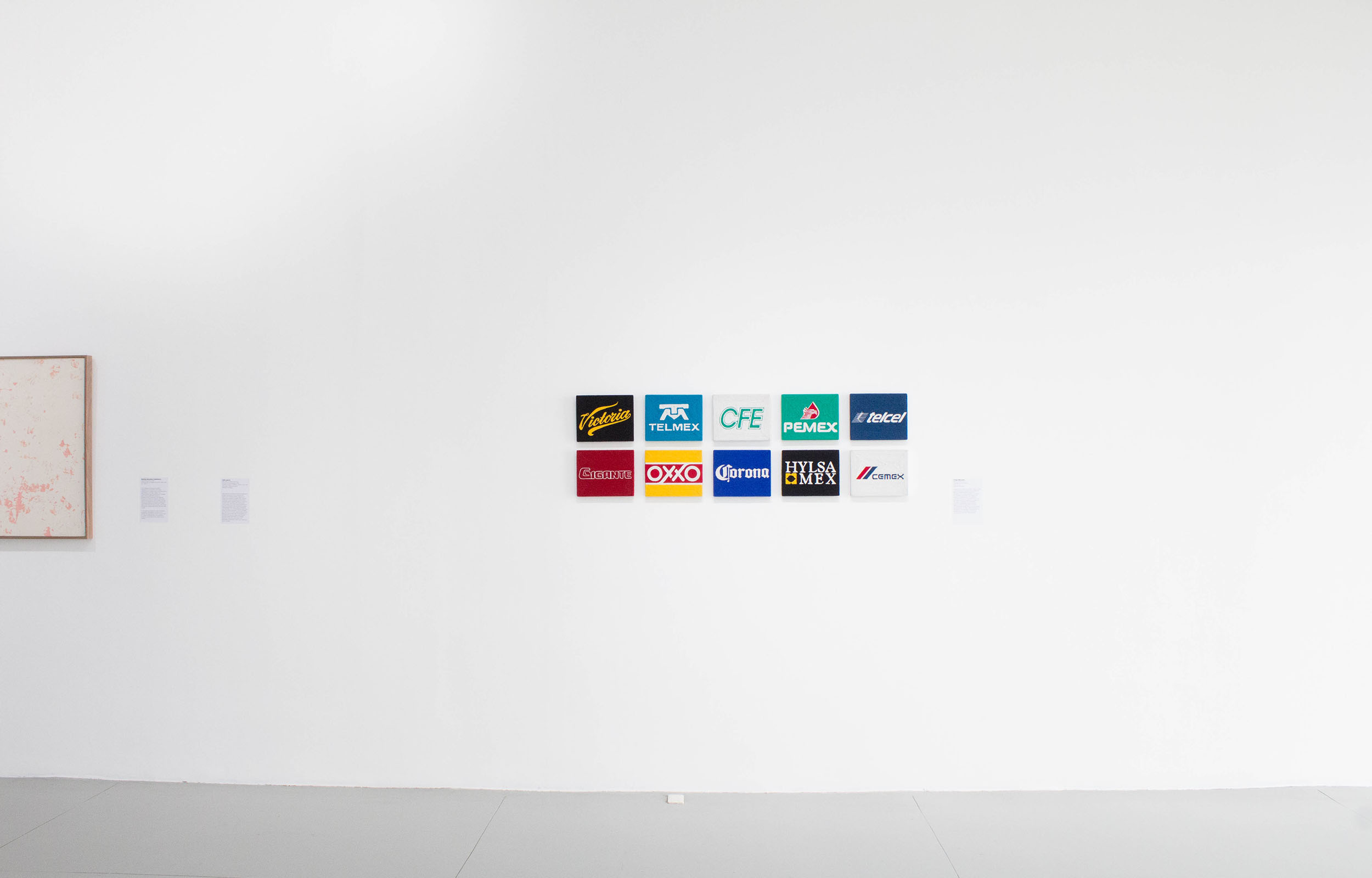
Skill and Material
From August 31, 2018 to January 31, 2019
Curator: Viviana Kuri
Napoleon Aguilera, Karian Amaya, Lorena Ancona, ektor garcia, Rodrigo Gonzalez Castellanos, Carmen Huizar, Felipe Manzano, Nuria Montiel
Oficio y materia (Skill and Material) is a small sampling on the contemporary art scene of an interest in —and of the pertinence of— traditional craft techniques, folk practices, regional materials, and ancestral skills associated with rural milieus.
This attention given (supposedly only recently) to artisanal techniques in the handling of textiles, ceramics, and natural pigments and to various practices originating among country people can be understood in various ways. The artists assembled in this exhibition come from different environments, with a range of motivations that have in one way or another determined their work: the raising of pigs and sheep in the region of Los Altos in Jalisco; the codes of male power reflected in the intricacy of the embroidered belts made in Colotlán; the settled fate of generations of women weavers, transmuted by a male artist whose skill with the crochet hook is a central element of his work. The participants are young artists who celebrate the dexterity and painstaking effort of manual work, who acknowledge the vitality of local materials and the importance of natural cycles, who honor the influence of Mexico’s indigenous peoples and the treasures of folk wisdom.
Some of the artists draw directly on manual techniques, reinterpreting traditional designs, codes, and meanings. Some reformulate the techniques themselves through the use of new supports and unexpected elements, highlighting the perpetuation of gender stereotypes and representations of power. Still other experiment with local materials, injecting new value by transforming raw materials into finished products.
The division that produced the modern notion of the “fine arts” and the fetishization of certain specific techniques and genres (such as easel painting, generally executed in oils, as it developed in the seventeenth century), considered noble and intellectual, in contrast to “craft genres,” brought with it a hierarchy of values and a redistribution of visibility and signification. This dichotomy between art and craft, also reflected in terms of class, rank, sex, and cultural or ethnic origin, implies not only a distinction between the artist and the artisan, but also the development of a non-ordinary esthetic pleasure to be taken in objects of “static attention.” 1
These hierarchies are upended by the insertion of artisanal practices and techniques into the hegemonic ambit of contemporary art, as both the scope and functions of art are expanded. Nevertheless, there is still a need to challenge both artists and museums as the sole agents, spaces of visibility, and arbiters of the cultural legitimacy of these expressions.
Viviana Kuri
1 Medina, Cuauhtémoc. “Hilos de contingencia”, en El hilo de la vida. Capilla del Arte UDLAP, 2015, pp.10-11.
